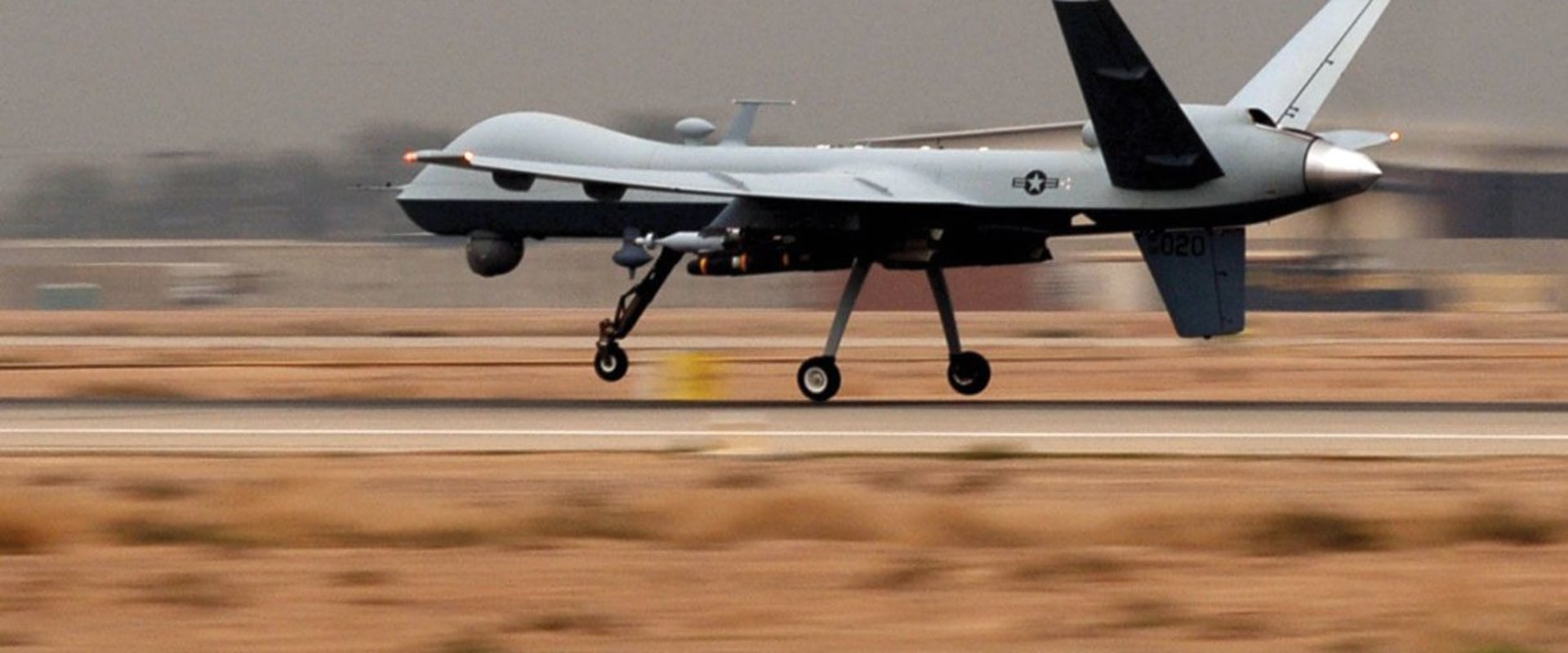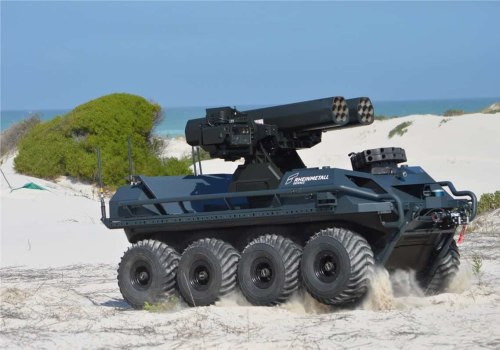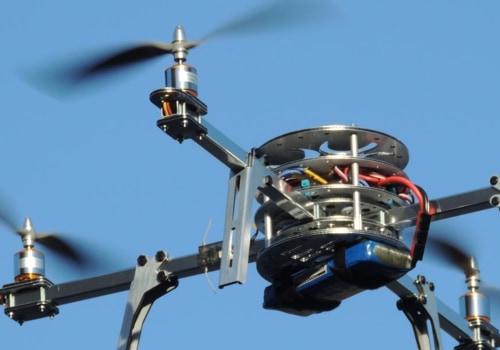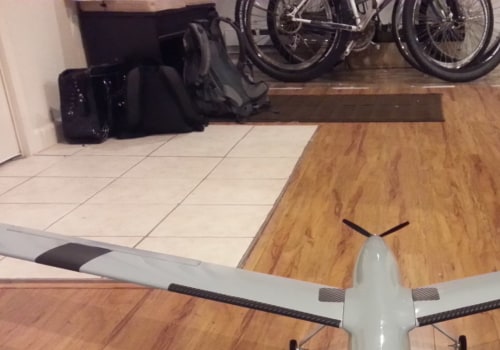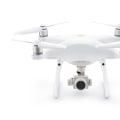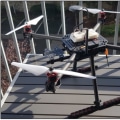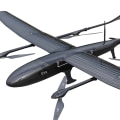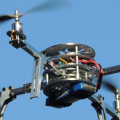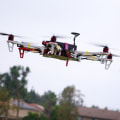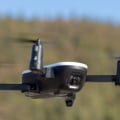In recent years, the development of Unmanned Aerial Vehicles (UAVs) has been one of the greatest advancements in technology. UAVs, also known as drones, are autonomous or semi-autonomous aircrafts that can be used for a variety of purposes, including military operations, surveillance, and recreation. This article will provide a comprehensive overview of UAVs and discuss their different types, applications, and benefits. UAVs have become increasingly popular due to their ability to fly autonomously with minimal human input.
They can be used for military operations, aerial photography and video recording, search and rescue operations, agriculture management, and transportation of goods. Additionally, UAVs have the potential to revolutionize the way we interact with our environment by providing unprecedented levels of control and precision. In this article, we will explore the different types of UAVs, their capabilities and applications, as well as their potential benefits and drawbacks. We will also discuss the legal implications of using UAVs, as well as safety considerations when operating them.
Finally, we will look at the future of UAV technology and its potential to revolutionize the way we interact with our environment.
Unmanned Aerial Vehicles (UAVs)
are unmanned aerial vehicles that are usually operated remotely or autonomously. They can be used for a variety of tasks, including surveillance, search and rescue, reconnaissance, target acquisition, communications relay, and more. UAVs come in many different shapes and sizes, from small drones that can fit in the palm of your hand to large drones capable of carrying hundreds of pounds of payload. The U.S.military has been using UAVs for years, primarily for reconnaissance and surveillance purposes. Recently, the military has been investing in armed UAVs for use in combat operations. UAVs can also be used for cargo delivery and medical evacuations, as well as other tasks that require precision or that are too dangerous for human pilots. UAVs offer several advantages over traditional aircraft.
They are cheaper to operate than traditional aircraft, as they require less fuel and fewer personnel to maintain. UAVs can also fly at lower altitudes than traditional aircraft, giving them a better view of their environment. Finally, UAVs can stay airborne for longer periods of time than traditional aircraft, allowing them to cover larger areas in a single mission. Despite their advantages, there are some drawbacks to using UAVs.
For example, they are vulnerable to electronic jamming and hacking, and their autonomous nature can lead to errors in judgment that can have serious consequences. Additionally, privacy concerns have been raised about the use of UAVs for surveillance purposes.
The Advantages of UAVs
Unmanned Aerial Vehicles (UAVs) offer many advantages over traditional aircraft, including lower costs, improved surveillance capabilities, longer flight times, and increased safety for pilots. The cost of operating UAVs is significantly lower than the cost of operating traditional aircraft. This is due to the fact that UAVs do not require the same level of personnel and fuel costs as traditional aircraft.Additionally, UAVs can be reused multiple times, thus reducing overall costs. UAVs also offer improved surveillance capabilities over traditional aircraft. UAVs are able to fly at lower altitudes than traditional aircraft, making them better suited for gathering intelligence information. Additionally, UAVs are able to stay airborne for longer periods of time, allowing them to cover larger areas and collect more data.
Another advantage of UAVs is their increased safety for pilots. UAVs do not require a human pilot on board, making them safer than traditional aircraft. Additionally, UAVs are able to fly autonomously, reducing the risk of human error. Finally, UAVs can operate in dangerous environments without putting a pilot in danger.
In conclusion, Unmanned Aerial Vehicles (UAVs) offer many advantages over traditional aircraft. They are less expensive to operate, have improved surveillance capabilities, can stay airborne for longer periods of time, and provide increased safety for pilots. As such, UAVs are becoming an increasingly popular form of technology in the military.
The Disadvantages of UAVs
Unmanned Aerial Vehicles (UAVs) have many advantages, but they also come with some drawbacks. One of the main concerns is their vulnerability to electronic jamming and hacking.UAVs are designed to be operated remotely, which makes them susceptible to interference from hackers or other malicious actors who can disrupt the system and potentially steal important data. Another potential issue is errors in judgement due to autonomous operation. UAVs are designed to be operated without any human input, which means that mistakes can occur if the system is not programmed correctly. Additionally, there is always the risk of accidents due to technical malfunctions.
Finally, UAVs also raise privacy concerns. Their use for military operations means that they are often used for surveillance, which can result in a violation of privacy rights. Furthermore, UAVs can also be used to collect data on people without their knowledge or consent.
In conclusion
, Unmanned Aerial Vehicles (UAVs) are becoming an increasingly popular form of technology.However, despite their advantages, there are some drawbacks to using UAVs, including vulnerability to electronic jamming and hacking, potential errors in judgment due to autonomous operation, and privacy concerns. Unmanned Aerial Vehicles (UAVs) offer a wide range of advantages over traditional aircraft, making them a desirable option for many different military operations. These benefits include cost efficiency, improved accuracy, and decreased risk to personnel. However, there are also some drawbacks associated with UAVs, including privacy concerns, technical glitches, and potential for misuse.
As technology continues to advance and more countries invest in UAV technology, it will be interesting to see how they are further utilized in the future.
